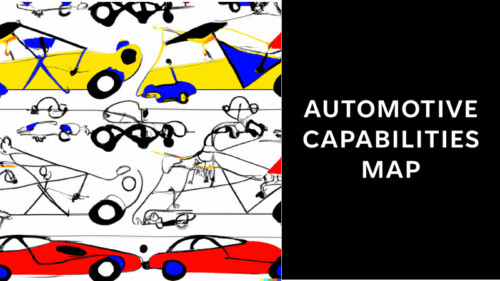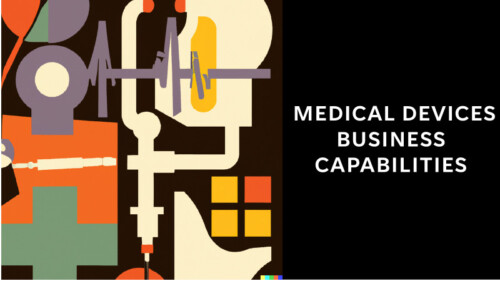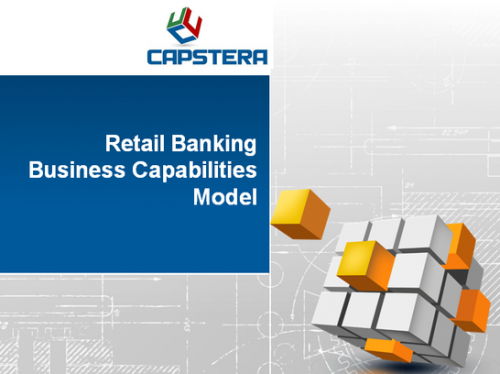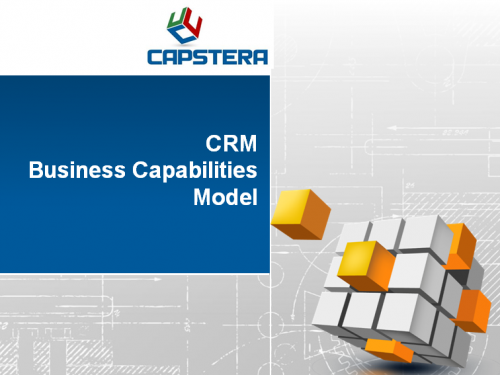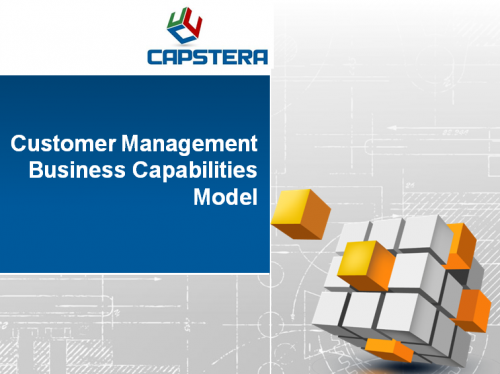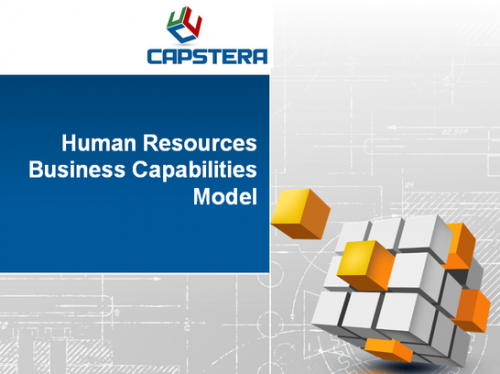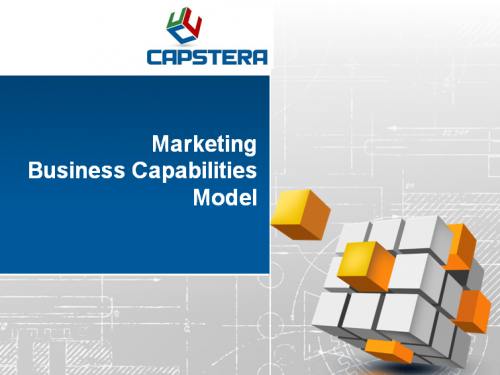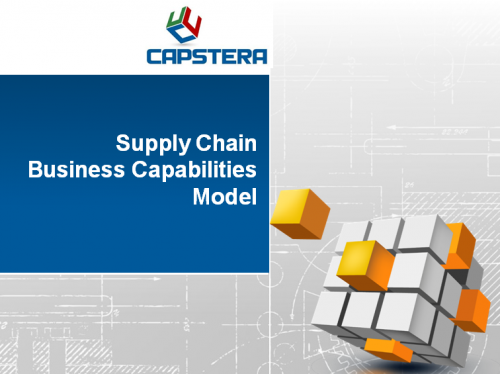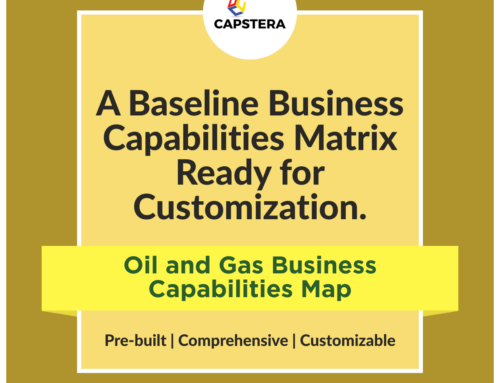Business capability model examples are helpful for those interested in knowing the structure and composition of a business capabilities map. (Please note that the business capability model examples offered by Capstera are paid products.) However, business architecture practitioners differ in how they build capability models, attribute importance to business capabilities models, and leverage the capabilities in day-to-day work and business transformation.
A sample capability map helps understand a business capability framework’s concepts, constructs, and components. It can also be a starting point and a springboard to create a company-specific business capability model.
Capstera’s business capability model examples span the functional areas and the industries/sectors. The horizontal functional area business capability models span Human Resources, Accounting and Finance, Customer Management, Business Intelligence, CRM, and Supply Chain Management. The industry/sector-specific models encompass Alternative Investments, Automotive, Medical Devices, Hospitals, Consumer Products and Retail, P&C Insurance, retail banking et al. (Capstera team keeps adding additional sectors/industries all the time. So please check back frequently. Alternatively, you can request us to build a sample capability map for a particular industry or a company.)
If you purchase one of the capability model examples from Capstera or elsewhere, here are the steps to make it your own.
- Rationalize the model by including and excluding broad capability areas from the example capability map.
- Iterate on specific capability clusters to incorporate what is unique and unique to your firm.
- Prioritize the capabilities to identify what are core, context, and commodity.
- Assess your current state of capabilities and envision a desired future state.
- Document what changes you must make to the capabilities to evolve them to the target state.
- Map your applications and systems to capabilities to generate a footprint diagram.
- Translate the capability level enhancements to application/system level requirements.
- Develop a transformation roadmap charting your way to the future state with logical chunking of functionality and incremental development with milestones along the way.
Industry/Sector-Specific Business Capability Model Examples:
Horizontal or Functional Area Business Capability Model Examples:
-
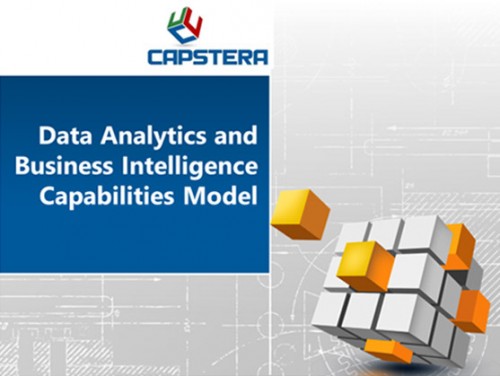
Data Analytics and Business Intelligence Capabilities Map

